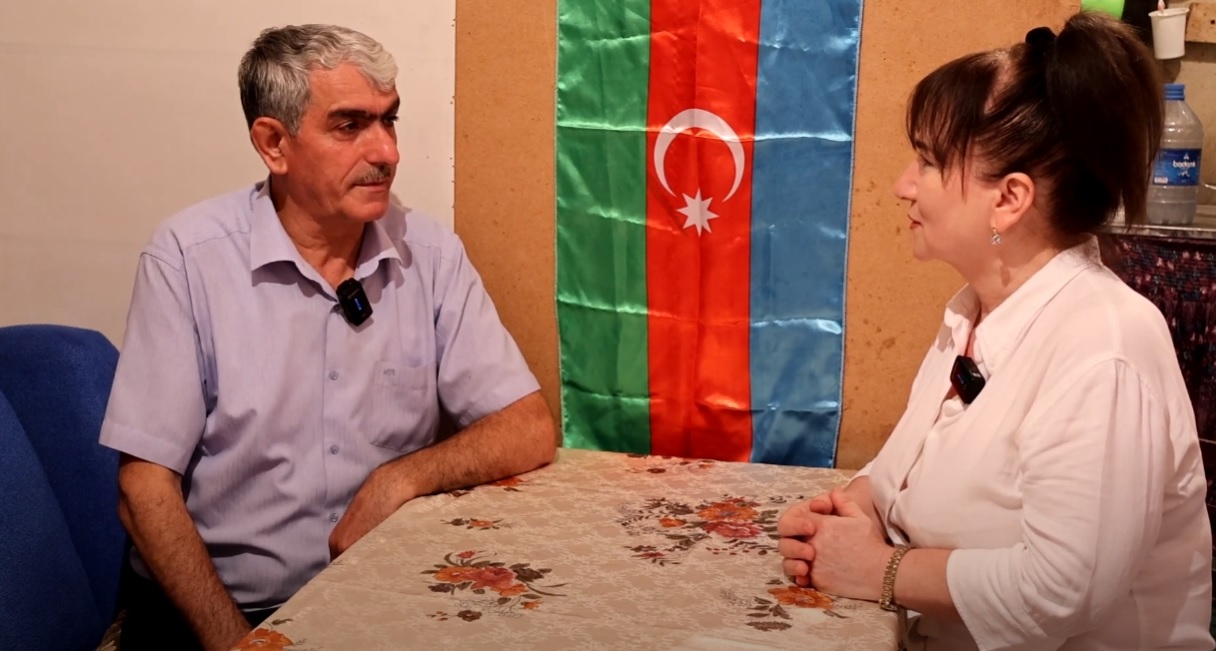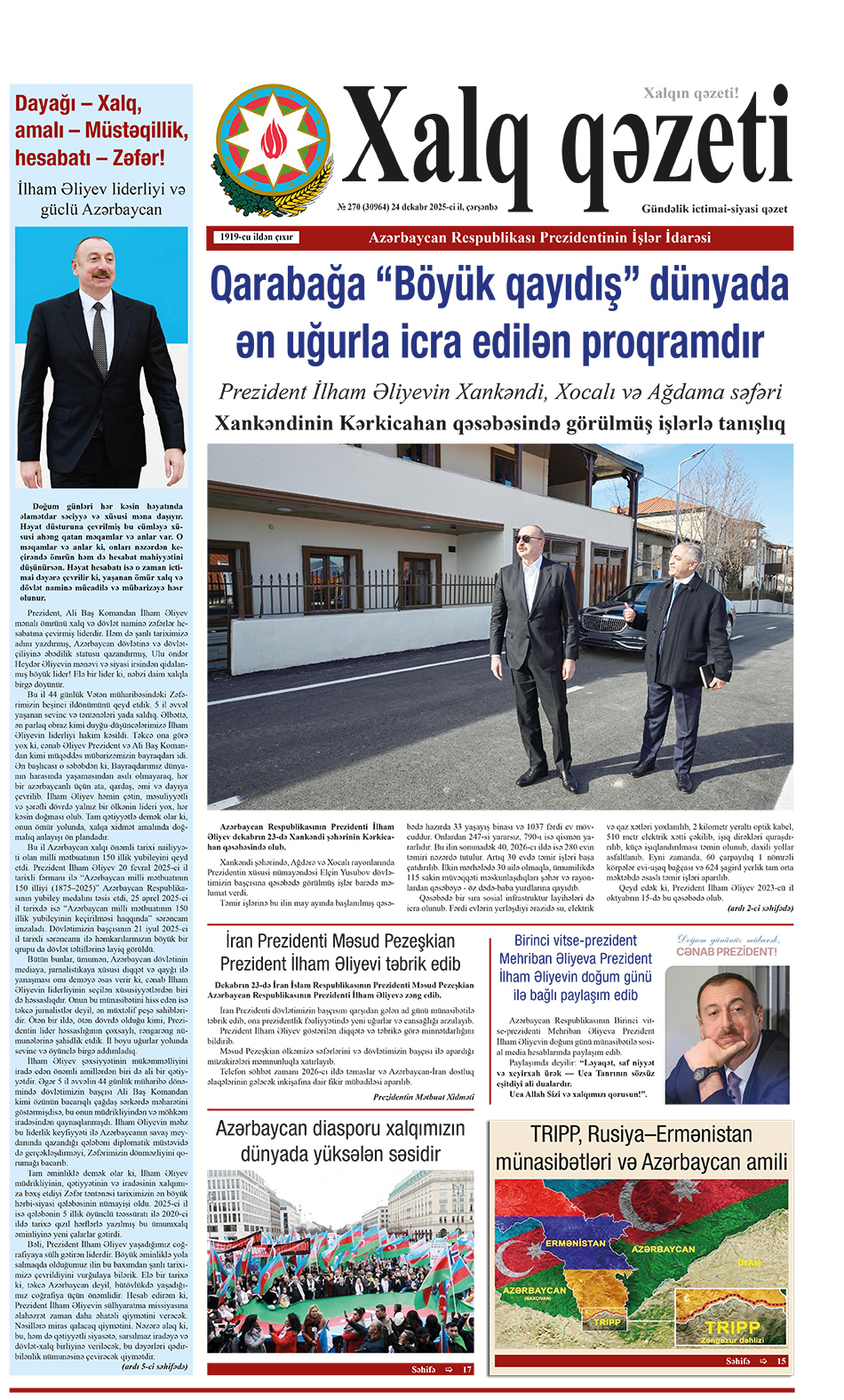By JERUSALEM POST STAFF
An X-ray analysis of the short blade, which had a scabbard bearing swastikas, revealed symbols engraved at the top of the blade, including a circle and a crescent separated by a line.
Archaeologists from the French National Institute for Preventive Archaeological Research (INRAP) unveiled the discovery of two 2,300-year-old swords dating back to Celtic peoples in France. The swords were unearthed in a burial site in Creuzier-le-Neuf, according to Smithsonian Magazine.
The discovery attracted attention due to the intricate decorations on the swords, including swastika symbols and other engraved motifs. Both swords were found intact in their scabbards. One sword featured a richly decorated bronze alloy sheath. The edges of the scabbard of the short sword are adorned with several polished gemstones, at least two of which are engraved with swastikas.
An X-ray analysis of the short blade, which had a scabbard bearing swastikas, revealed symbols engraved at the top of the blade, including a circle and a crescent separated by a line. Researchers think this sword was made during the fourth century BCE.
Vincent Georges, an archaeologist at INRAP, said the shorter sword is "more or less contemporary with the Celtic incursions in northern Italy and the sacking of Rome in 387 BCE." Georges also mentioned that he does not know what meaning the Celts assigned to the swastika symbol.
The INRAP team excavated a burial site covering approximately 7,000 square feet in Creuzier-le-Neuf, which contained more than 100 graves and a wealth of ancient metal artifacts. During the Second Iron Age (around 450 to 52 B.C.E.), Creuzier-le-Neuf was located at the crossroads of territories conquered by powerful Celtic tribes: the Arverni, Aedui, and Bituriges.
No skeletons remained in the graves, as they likely disintegrated in the area's acidic soil. Although the acidic soil led to the complete decomposition of the bones, more than 100 graves containing metal artifacts were found, including a single cremation burial. In the cremation burial, researchers discovered a small vase painted with red bands and spiral patterns.
Researchers found 18 brooches made from copper alloy and iron, as well as several copper bracelets, some inlaid with polished gemstones, dating back to the third and fourth centuries BCE. One brooch, adorned with a polished gemstone and a silver leaf, dated to the late fourth or early third century BCE. Another brooch was decorated with ocelli, or eye-shaped symbols. "Ocelli were fashionable among Celtic craftsmen in the fifth and fourth centuries BCE," Vincent Georges said, according to Live Science.
Some of the graves held copper-alloy bracelets with clasps, and bracelets made of copper alloys were the most common artifacts in the burials. The design patterns were made by hammering the back side of the metal plate. The findings reflect the diversity of symbolic and decorative uses of the swastika, as swastikas have been found on artifacts from various regions.


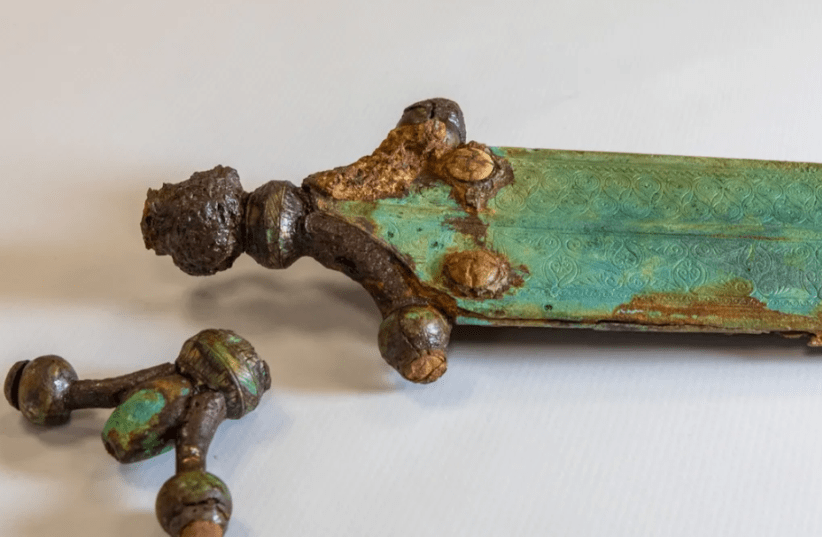
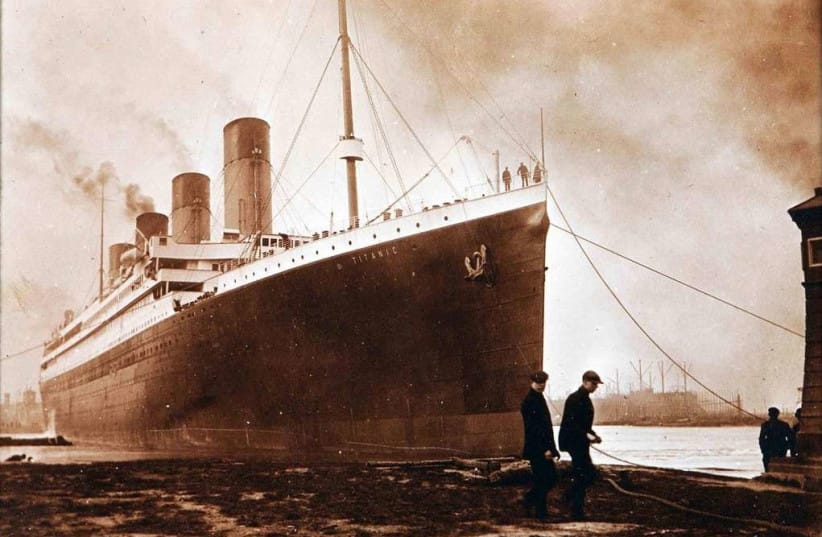


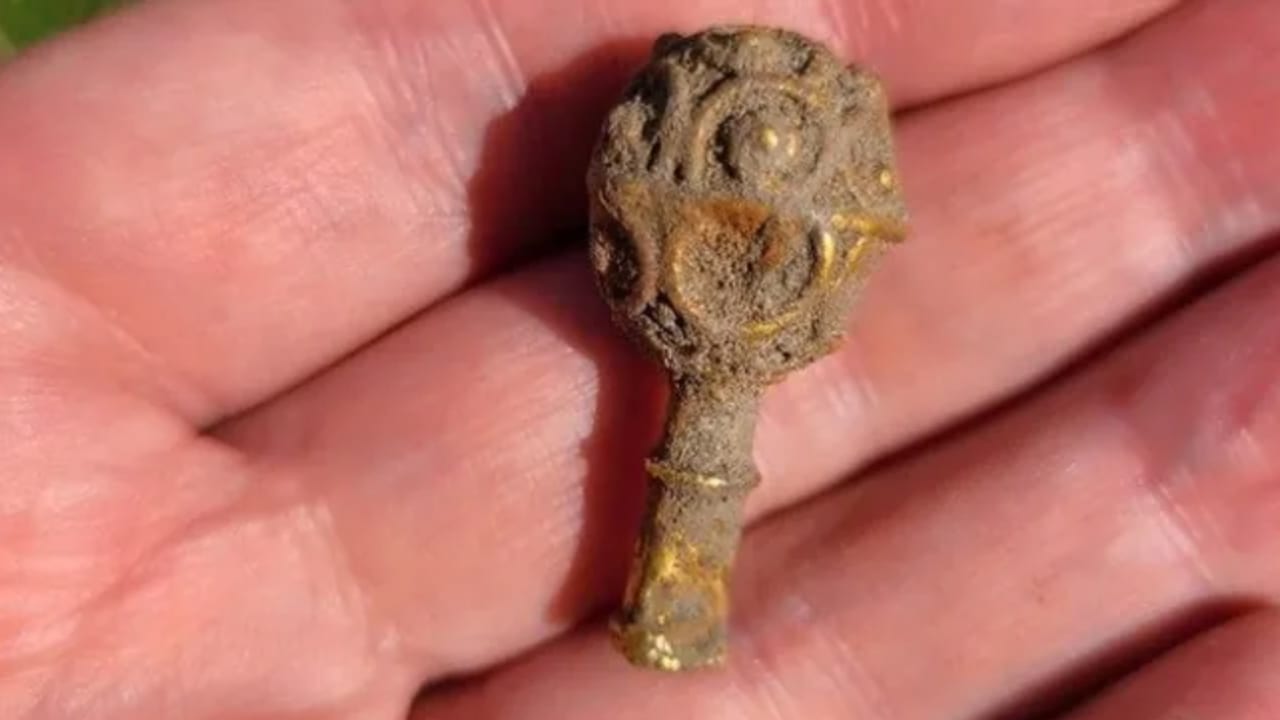




.jpg)


